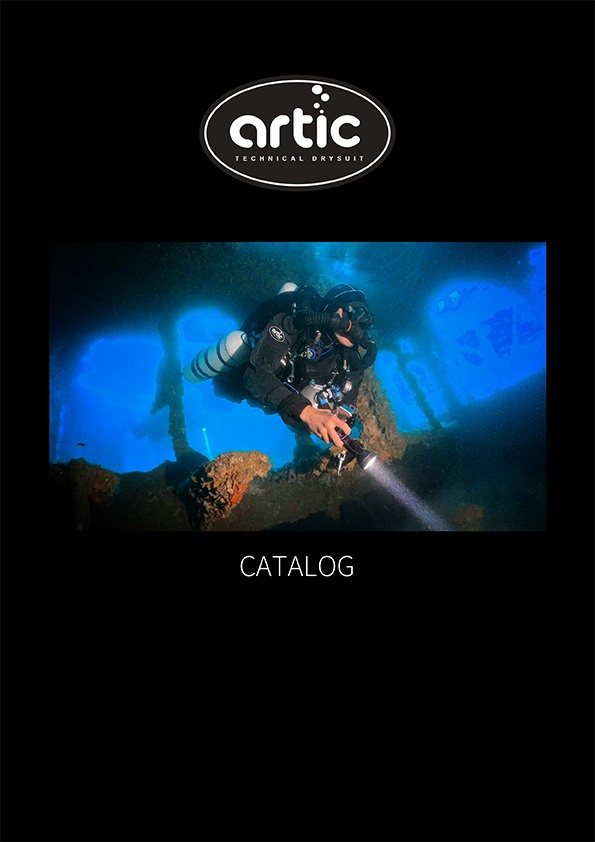
Scuba diving is an adventurous and exhilarating activity, but it’s essential to prioritize safety at all times. By following safety procedures and best practices, you can prevent accidents and ensure a safe and enjoyable diving experience. Here are some tips on safety procedures and best practices for scuba diving:
In conclusion, following safety procedures and best practices is essential for a safe and enjoyable scuba diving experience. By getting proper training, checking your equipment, diving with a buddy, monitoring your depth and time, checking your breathing, and staying alert, you can prevent accidents and ensure a safe and successful diving experience. Remember to always prioritize safety and enjoy the beauty of the underwater world with caution and care.
Stay updated with the latest scuba diving news, tutorials, and exclusive offers by signing up for our newsletter!
